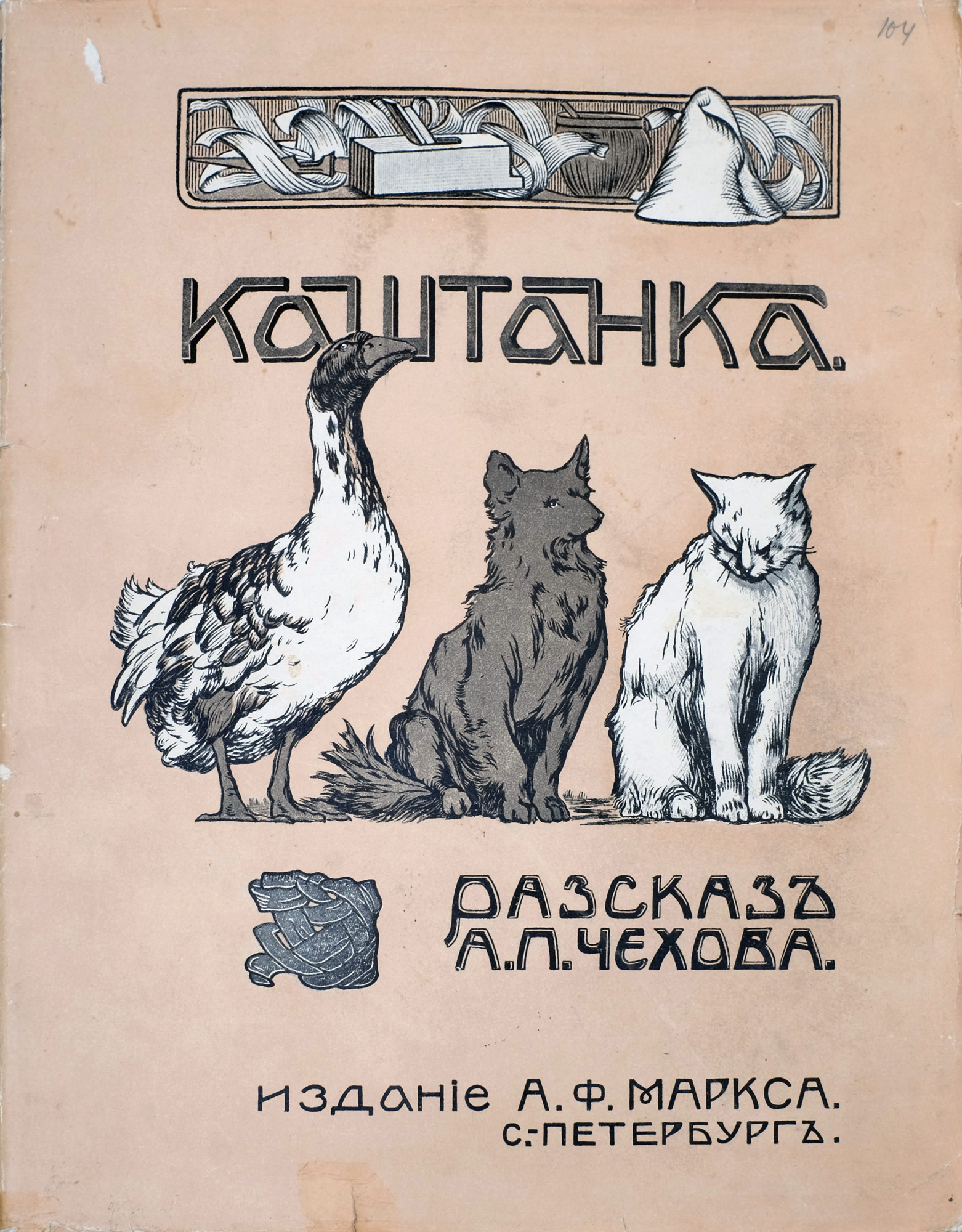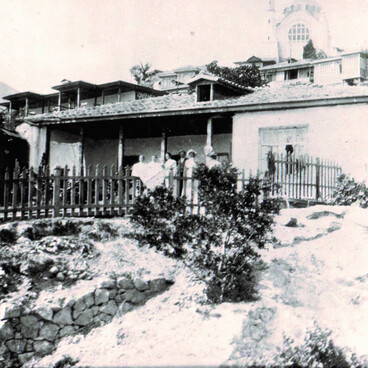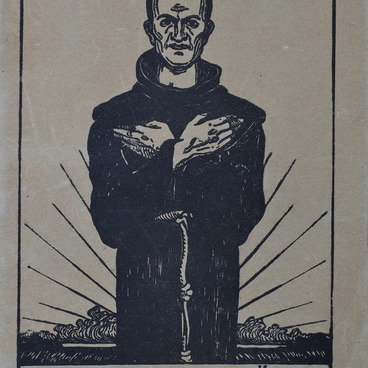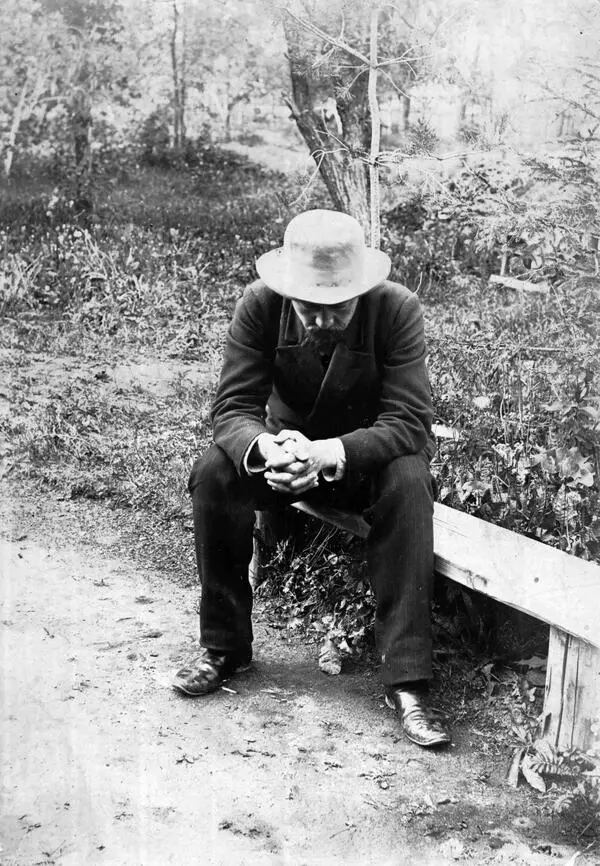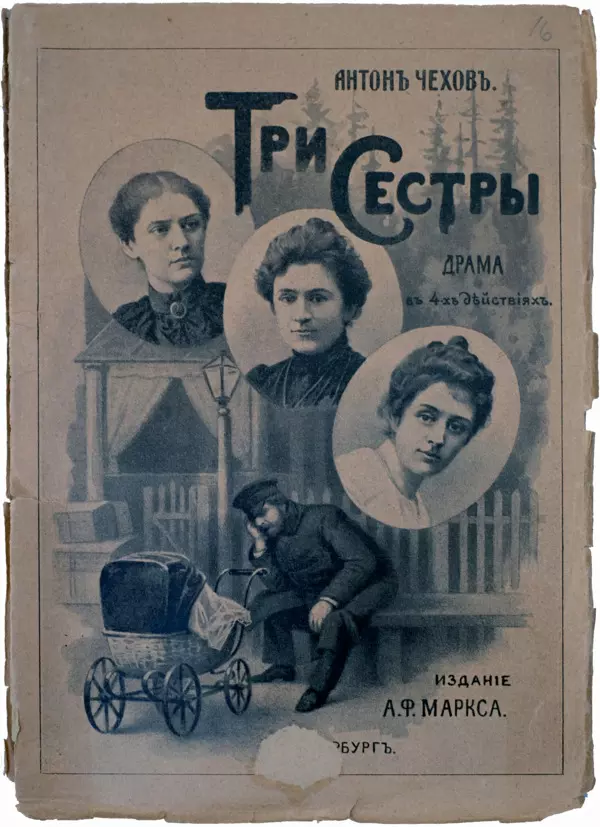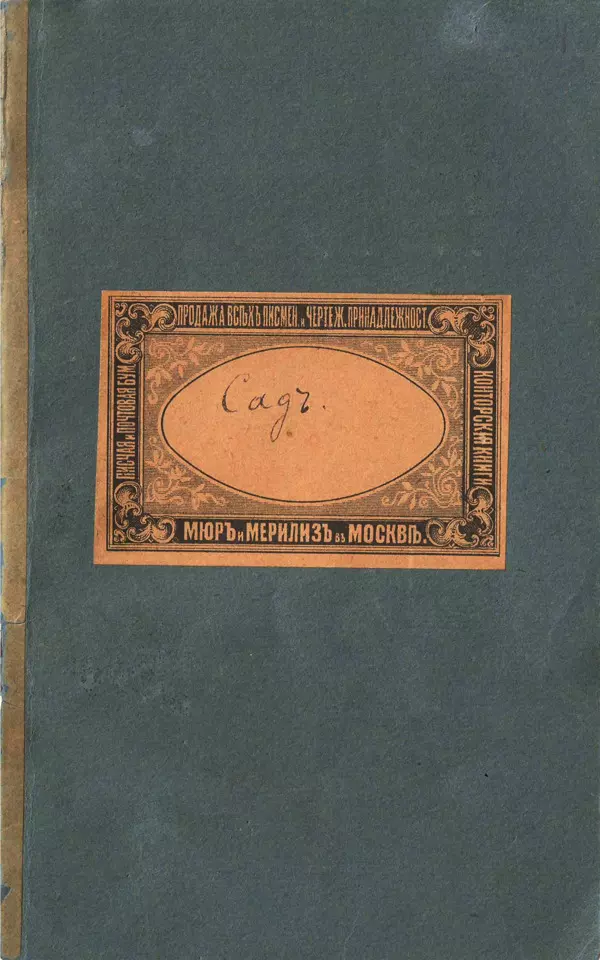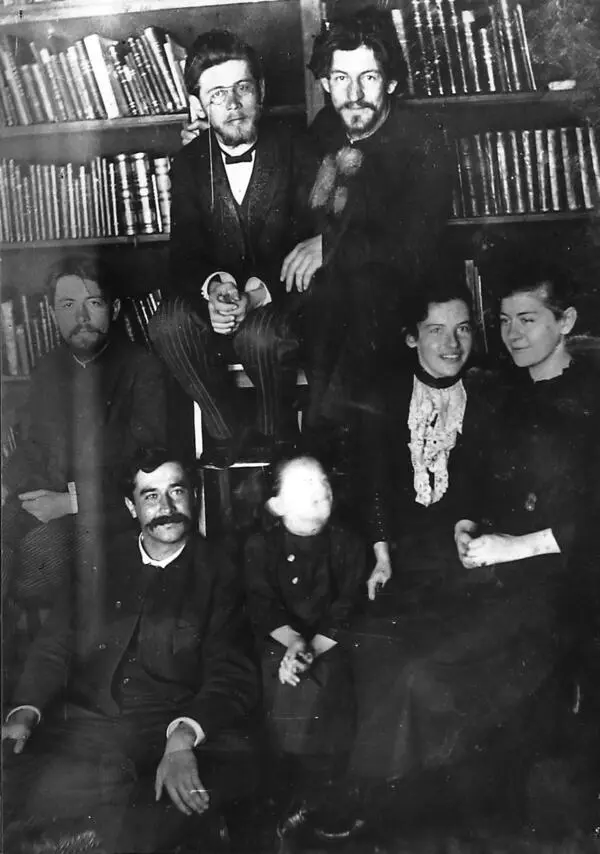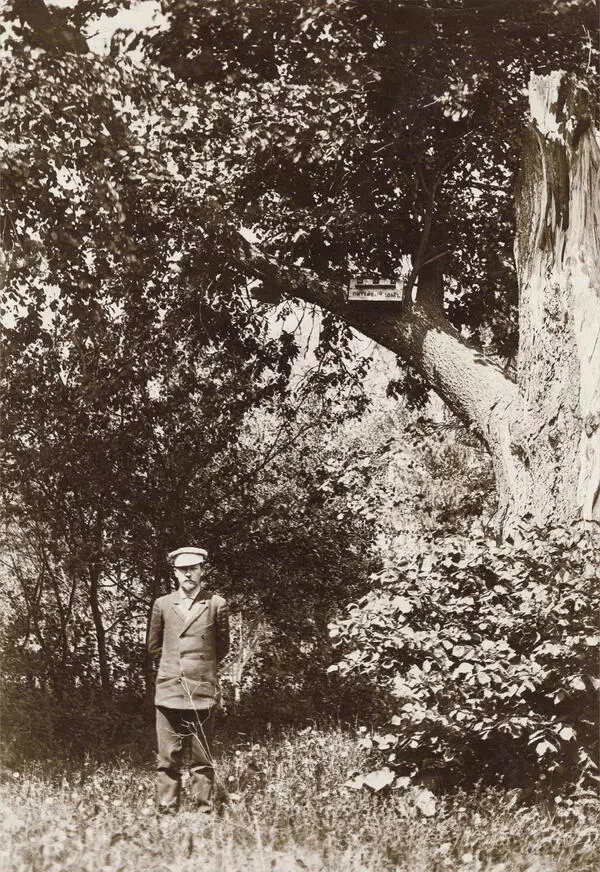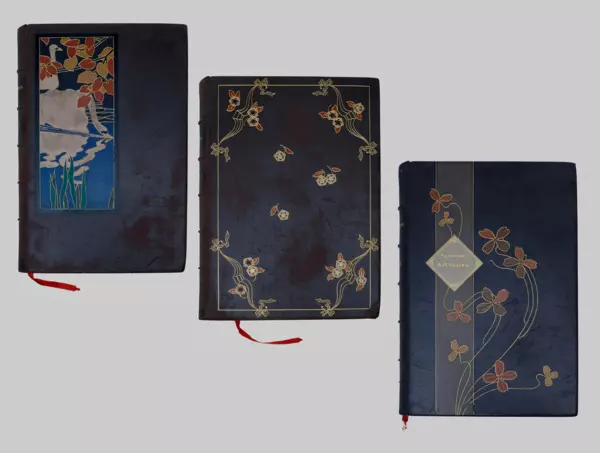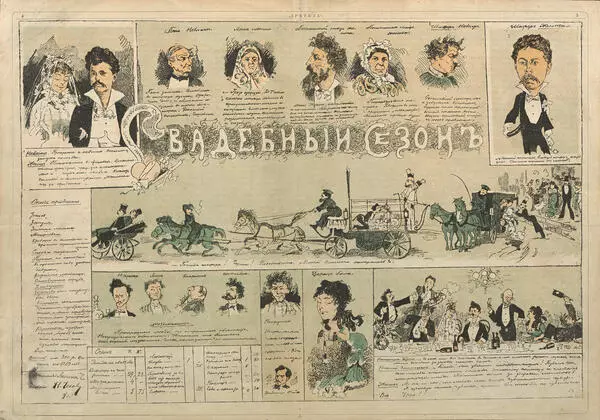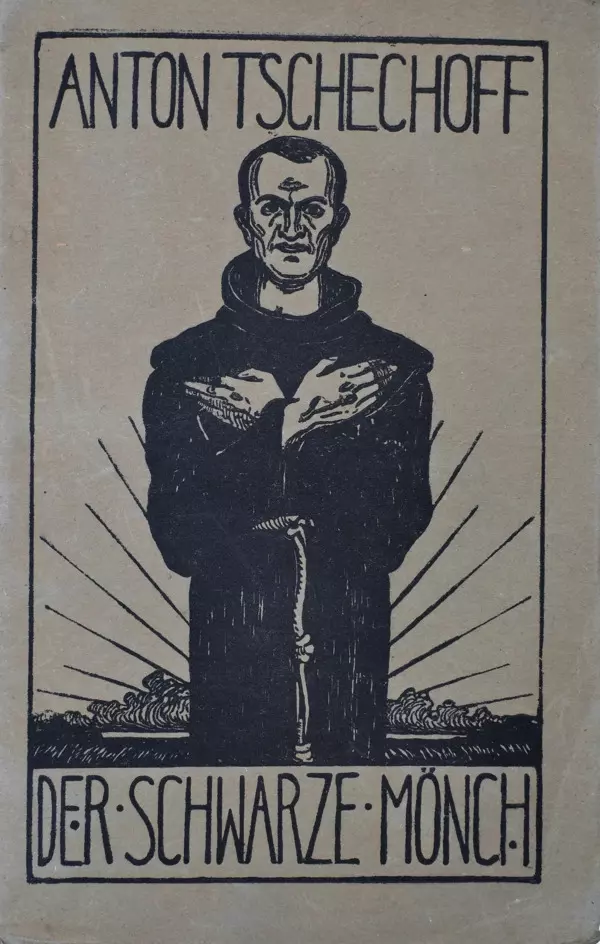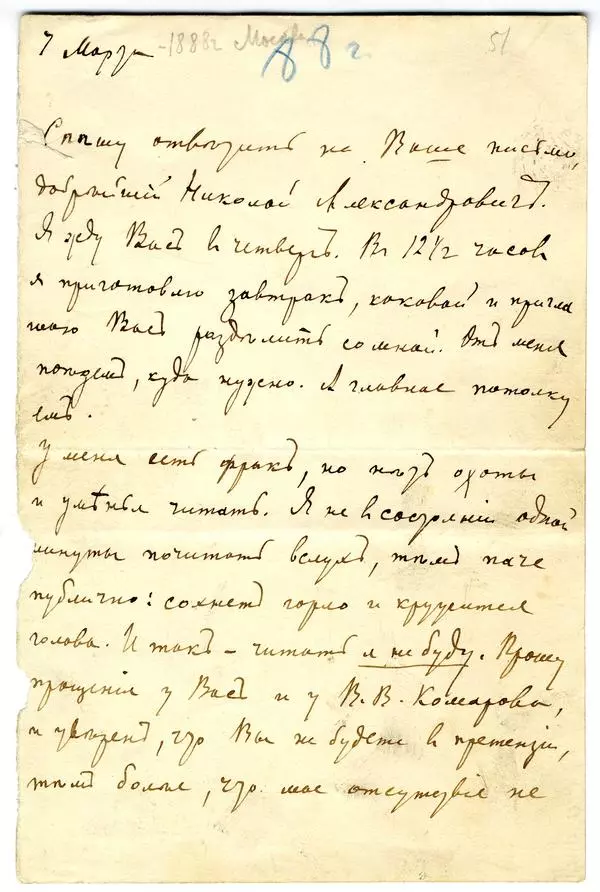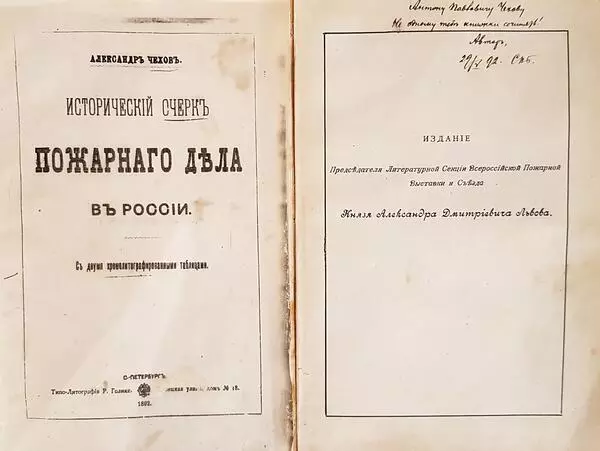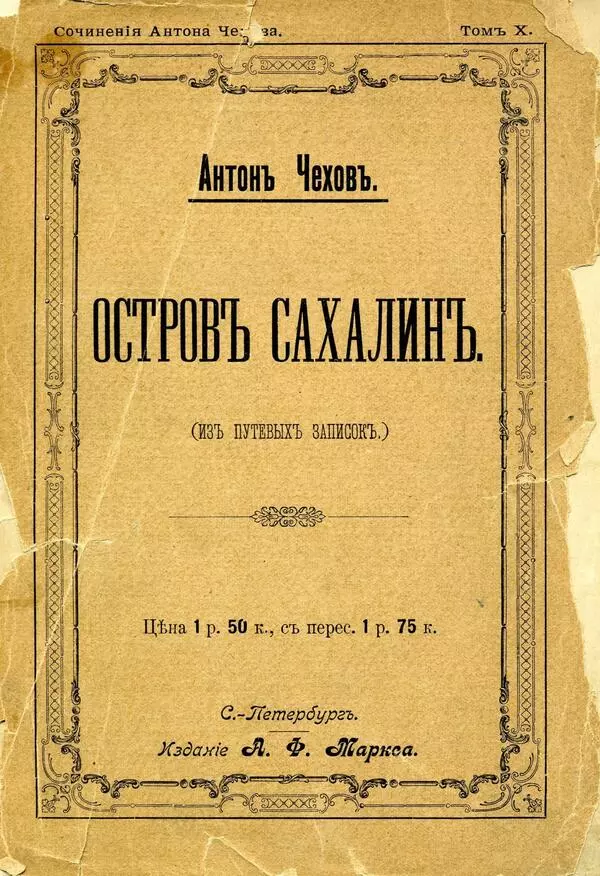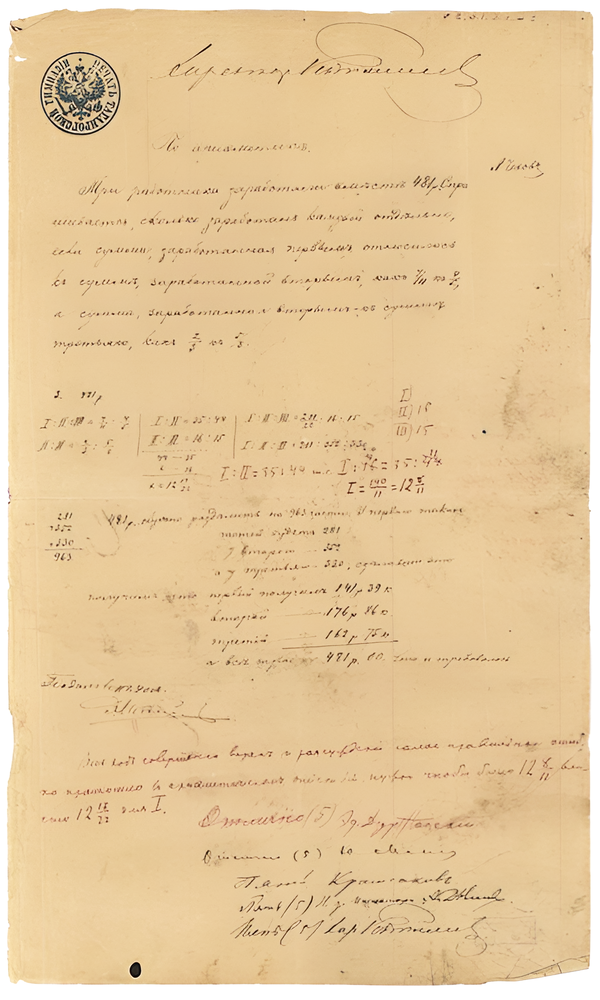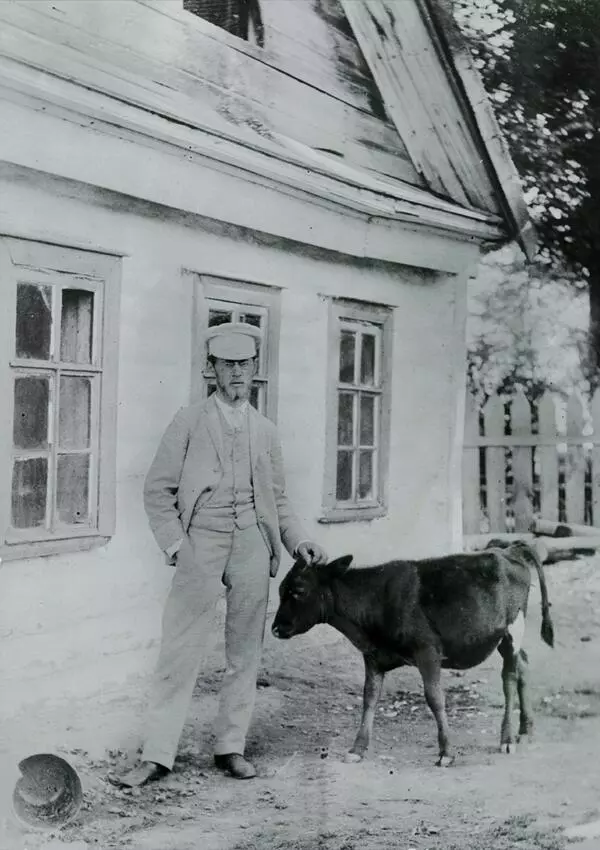It is known that Chekhov never set himself the goal of writing children’s stories. In general, he was indifferent about children’s literature. When he spoke of his dislike for the genre, he was referring to those unsuccessful authors who wrote boring moralizing stories for children. He even wrote a parody on this topic and called it ‘Collection for Children.’ However, at the same time Chekhov is the author of many fascinating stories for children. And his ‘Kashtanka’ is loved by many generations of children and adults.
The artist Dmitry Nikolaevich Kardovsky, who illustrated ‘Kashtanka’, noted that the story, along with a masterful description of the characters, conveys the writer’s true love for his human and animal heroes, demonstrates the his deep understanding of them. The artist called himself a great admirer of Chekhov’s talent, and considered the life of his images close to himself and reflecting something ‘Petersburgian-Russian’. Kardovsky wrote: ‘Therefore, it is no surprise that when the publisher of “Niva”, Adolf Feodorovich Marks, invited me to illustrate “Kashtanka”, I agreed with pleasure.’
But Chekhov himself did not like Kardovsky’s illustrations for a separate edition of “Kashtanka”, published in 1904. He bluntly said that the book was “badly illustrated, ” although the assessments of his contemporaries were opposite. It should be noted that Kardovsky was not only a talented graphic artist, but also a member of the Imperial Academy of Arts. Perhaps Chekhov”s assessment relates to the fact that “Kashtanka” was Kardovsky’s debut in the genre of book illustration.
Nevertheless, drawings for Chekhov’s “Kashtanka” are considered the most successful and famous works of Dmitry Nikolaevich, along with illustrations for “Nevsky Prospect” by Gogol (1904) and “Woe from Wit” by Griboyedov (1907). In Chekhov’s story and Griboyedov’s play, Kardovsky focused on the precise portrayal of scenes and characters. He was affected by the influence of Repin’s realism, whose student he was. But in Gogol’s story, Kardovsky tilts towards the elegance of lines and conventionality inherent in graphics. Here you can clearly feel the influence of the World of Art community, with which the artist worked closely. Anton Pavlovich’s nephew, Sergei Mikhailovich Chekhov, who later became a famous Soviet graphic artist, became Kardovsky’s student.
The artist Dmitry Nikolaevich Kardovsky, who illustrated ‘Kashtanka’, noted that the story, along with a masterful description of the characters, conveys the writer’s true love for his human and animal heroes, demonstrates the his deep understanding of them. The artist called himself a great admirer of Chekhov’s talent, and considered the life of his images close to himself and reflecting something ‘Petersburgian-Russian’. Kardovsky wrote: ‘Therefore, it is no surprise that when the publisher of “Niva”, Adolf Feodorovich Marks, invited me to illustrate “Kashtanka”, I agreed with pleasure.’
But Chekhov himself did not like Kardovsky’s illustrations for a separate edition of “Kashtanka”, published in 1904. He bluntly said that the book was “badly illustrated, ” although the assessments of his contemporaries were opposite. It should be noted that Kardovsky was not only a talented graphic artist, but also a member of the Imperial Academy of Arts. Perhaps Chekhov”s assessment relates to the fact that “Kashtanka” was Kardovsky’s debut in the genre of book illustration.
Nevertheless, drawings for Chekhov’s “Kashtanka” are considered the most successful and famous works of Dmitry Nikolaevich, along with illustrations for “Nevsky Prospect” by Gogol (1904) and “Woe from Wit” by Griboyedov (1907). In Chekhov’s story and Griboyedov’s play, Kardovsky focused on the precise portrayal of scenes and characters. He was affected by the influence of Repin’s realism, whose student he was. But in Gogol’s story, Kardovsky tilts towards the elegance of lines and conventionality inherent in graphics. Here you can clearly feel the influence of the World of Art community, with which the artist worked closely. Anton Pavlovich’s nephew, Sergei Mikhailovich Chekhov, who later became a famous Soviet graphic artist, became Kardovsky’s student.
